More Ways to Go Electric
There are many ways to electrify your ride and help clean the air we breathe. From green rideshare options to light electric vehicles (LEVs) such as e-scooters, e-bikes and e-skateboards to electric public transit, there are a lot of choices when it comes to going electric. Let’s check out some options!
Autonomous Ride-Hailing
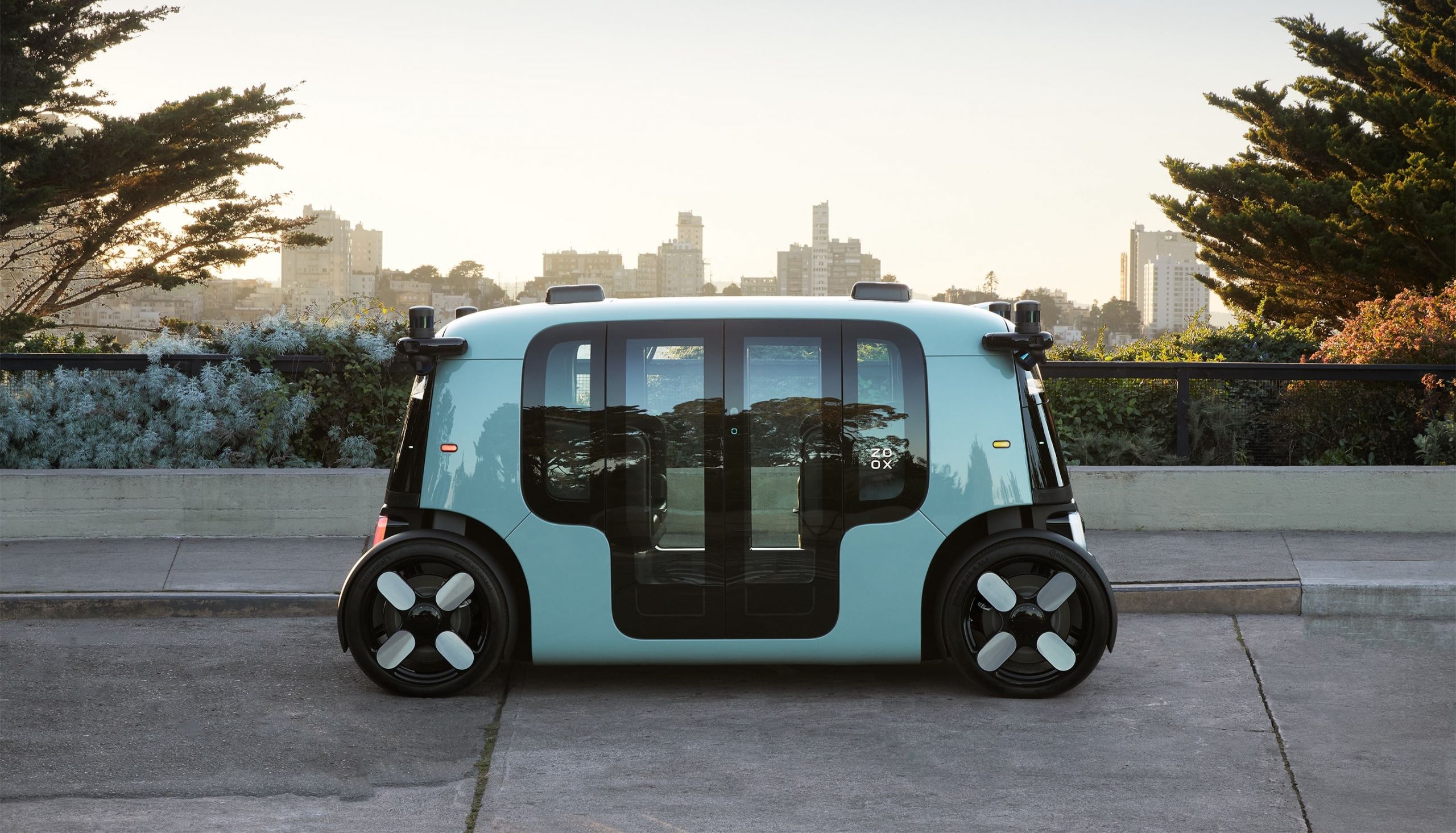
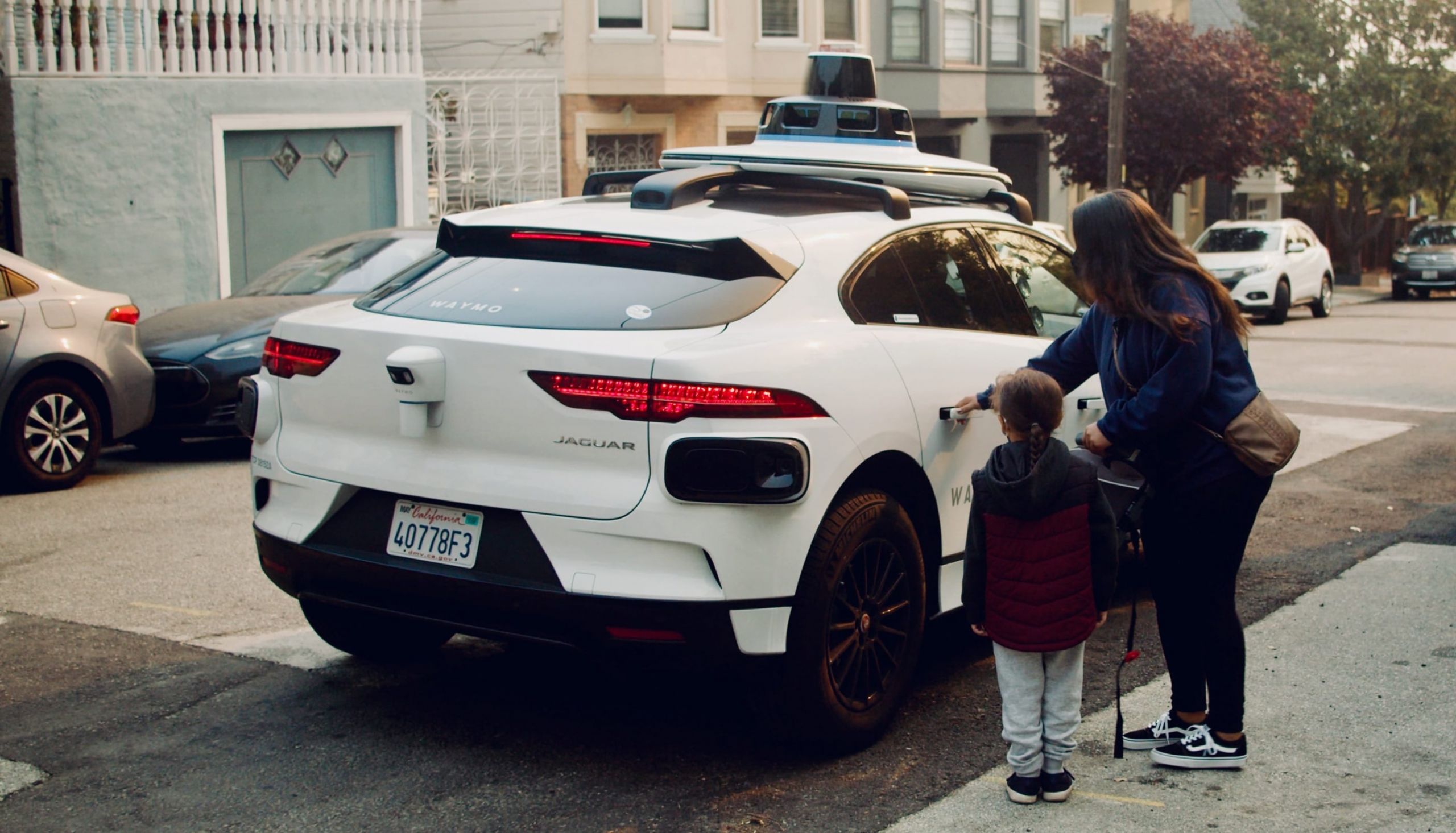
Getting into a ride-hailing vehicle without a driver is no longer a futuristic dream — the future is here! In select cities across the U.S. autonomous ride-hailing companies like Zoox and Waymo are making electrified transportation in cities a rider-focused endeavor, rather than a driver-focused one.

Zoox has built a completely new type of on-demand ride-hailing service that features a purpose-built robotaxi — meaning the vehicle is not a retrofitted passenger vehicle you’re used to. It’s built with a passenger-focus and is fully electric. Zoox is only available to employees on its campus, however, a public launch is in the company’s future.

Waymo is the world’s first autonomous ride-hailing service helping communities achieve clean air and making sustainable mobility accessible and safe. Waymo’s shared electric fleet is now delivering over 100,000 fully autonomous rides every week, serving riders in Phoenix, San Francisco, Los Angeles, and Austin. The service is available 24 hours a day and is fully electric.
Light Electric Vehicles (LEVs)
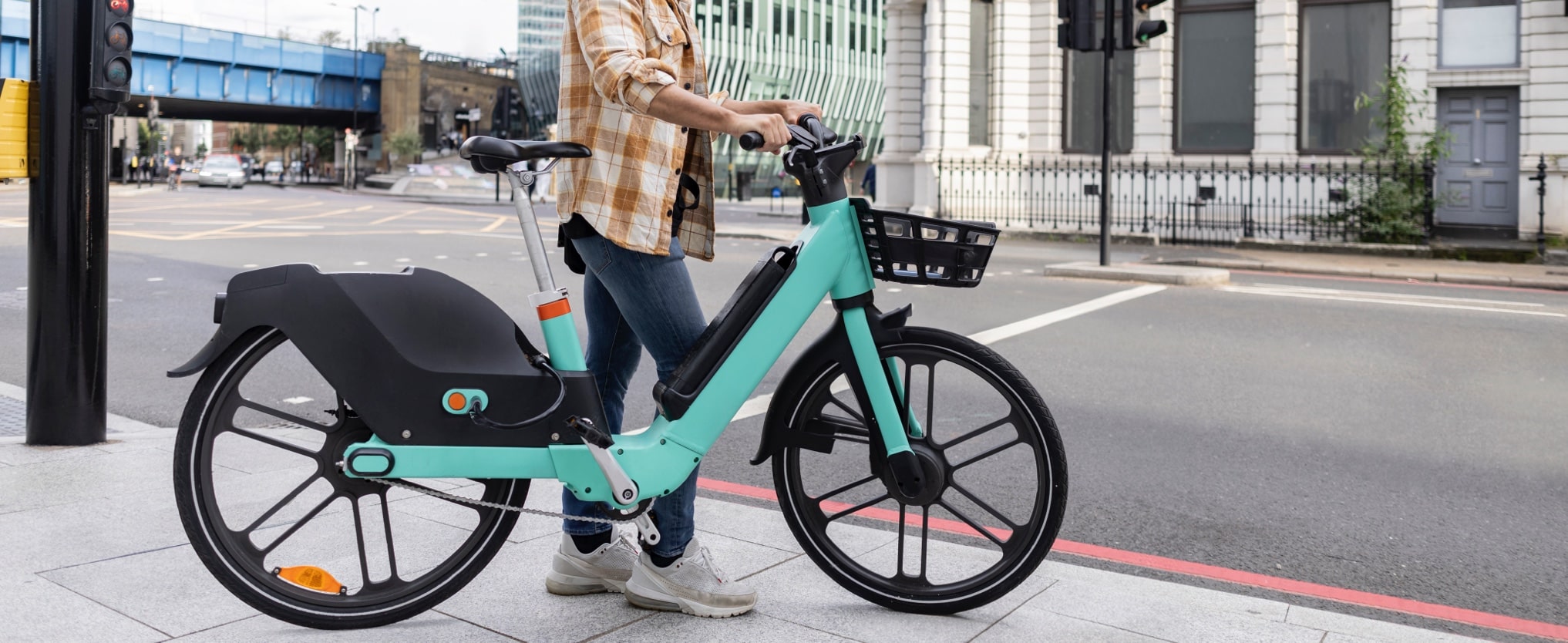
Light Electric Vehicles (LEVs) are a growing option for people to go electric. These modes of travel are defined as small, low-speed, electric-powered transportation devices, including e-bikes, e-scooters, and other small, lightweight, wheeled electric-powered transportation, including unicycles!
Costing less than a car, and sometimes available through local rental or shared mobility programs, this type of clean air transportation can be a great option for people with shorter commutes, public transit transportation users who need support during that first and last mile, and enthusiasts who want a fun way to explore their communities.
In California, the California E-Bike Incentive Project — a partnership between the California Air Resources Board and Pedal Ahead — provides up to $2,000 of point-of-sale incentives to support the purchase of a new electric bicycle (e-bike). Many other states, cities and municipalities offer incentives for LEVs as well!
LEVs are often charged using common 120V AC outlets that you can find in your home. Depending on the battery capacity and charger (cable or dock), charging times can range from 2.5 to 9 hours. This e-bike charging time calculator allows users to estimate charge duration based on battery capacity, level of discharge, and charger specification inputs.
LEVs range can be anywhere from 20 miles to more than 100 miles for an e-bike, and for e-scooters from an average of 10 miles to more than 30 miles. These transportation options are evolving rapidly and e-bike batteries can be charged in 20 minutes and some e-bikes have a 300-mile range available.
EV Rental Cars

Looking to dip your toes into the EV waters? Try out an EV next time you rent a car! Most major vehicle rental companies have electric options available, allowing you to experience driving an EV before buying one, while also getting a great deal on a more sustainable rental.
Some key elements to consider before hitting that ‘reserve’ button include, how you plan to use the vehicle while you’re renting it (ie: long distance travel or shorter trips), where you’ll be traveling (ie: rural or urban locations), the vehicle’s battery range, how to charge the vehicle, where you can charge your vehicle at your hotel or rental home and public charging locations to charge while you’re on the go.
Be sure to ask your rental car company to provide you details on the range of your rental car, how to charge it and if they provide the appropriate charging equipment. If you want to plan before you rent, check out these resources!
Electric Public Transportation
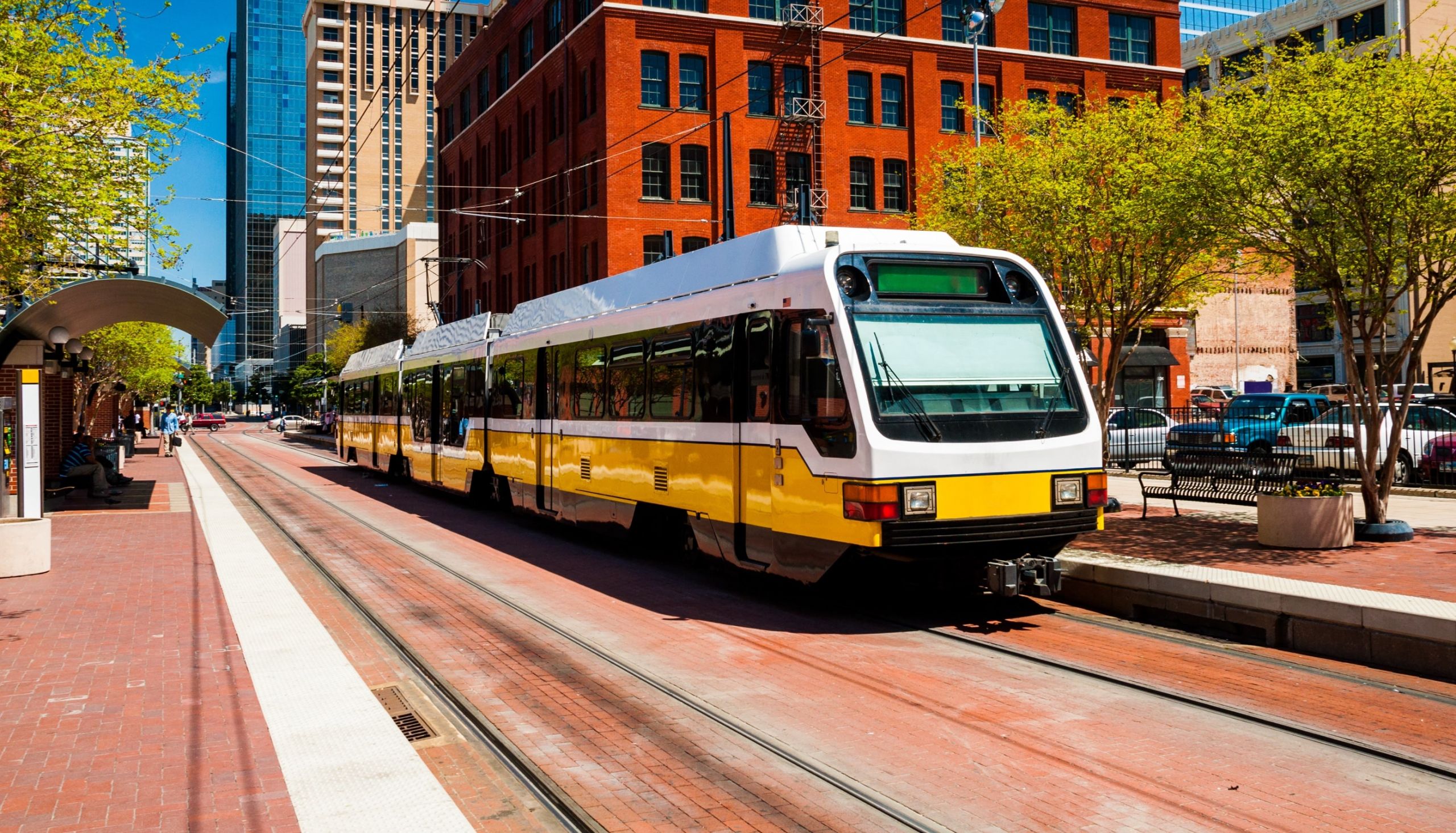
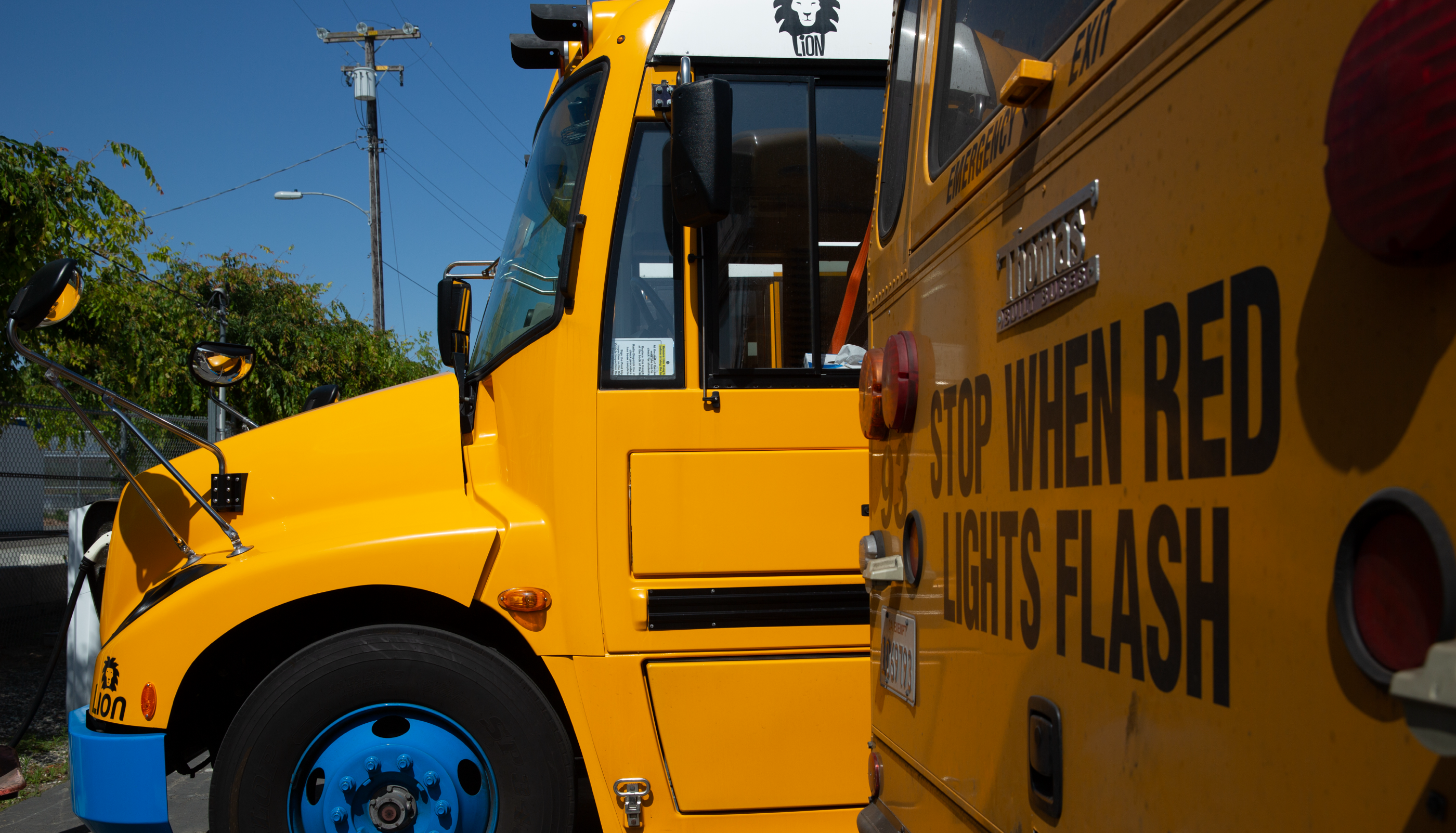
Across the country, more commuters can take advantage of numerous electric public transit options, like buses and trains, than ever before, with electric buses operating in just about every state in the country.
No more waiting for the bus while breathing in diesel or gas fumes! Electrifying public transportation reduces the pollution that harms children and adults, alike, while keeping commuter costs low.
Electric buses driving through neighborhoods and school zones are quieter, have zero harmful tailpipe emissions, which improves local air quality. Tracking by the Department of Transportation shows that the number of battery electric buses is growing exponentially and there are now thousands of electric school buses in service.
Studies on fossil-fueled school buses have shown the air quality can be worse inside the bus than outside of it, which is particularly harmful for children, as research shows that childhood asthma and related health issues are made worse by air pollution and vehicle emissions. Electric buses help solve that problem! Check out how California is replacing fossil-fueled school buses to protect children from air pollution.
Similar to battery electric cars, electric public transit buses and electric school buses run on electricity and require charging. Learn more about how electric bus charging works!
Electric public transit trains are called light-rail transit, referring to the lighter load of passengers versus trains that carry cargo. Light-rail is rapid transit that operates electric-powered single cars or short trains on fixed rails. Today’s light-rail systems often originate from traditional streetcar or trolley systems redesigned to run faster and carry more passengers over greater distances in cities.
Electric trains are an already existing option in many cities. They benefit communities by promoting economic and land development along corridors through improved access and mobility. They also reduce pollution and are much quieter than other transit options, especially when compared to the cars and traffic they replace. If you have electric trains in your city, try it out on your next adventure!



